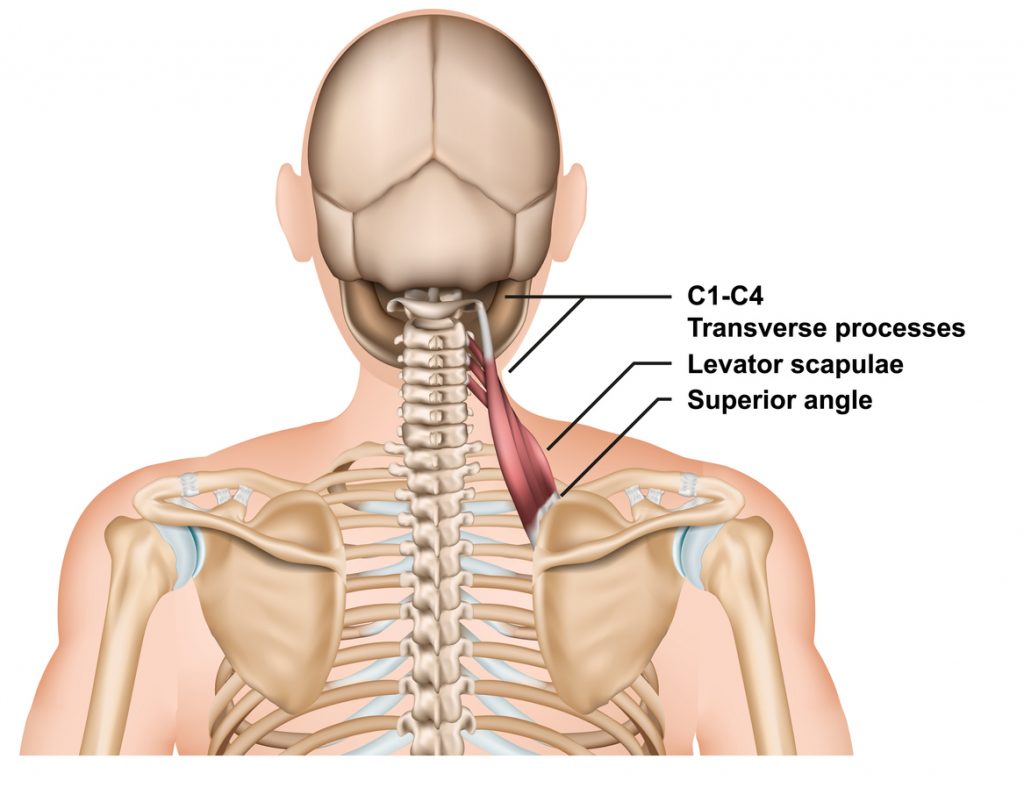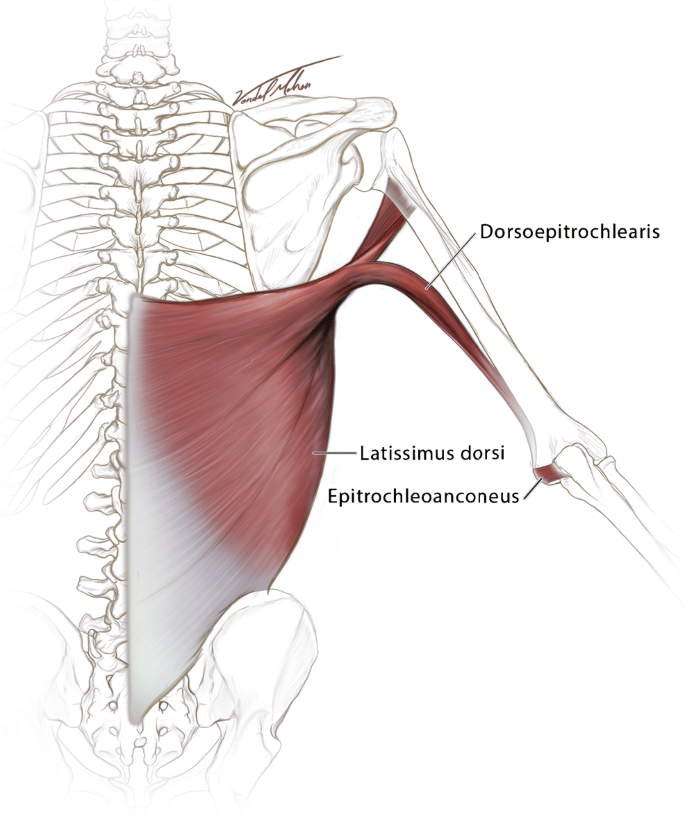Find Out 40+ Facts Of Striated Shoulder/Neck Muscles In Humans People Did not Share You.
Striated Shoulder/Neck Muscles In Humans | A spasm is an involuntary tightening of muscle in your body. Striated muscles are the voluntary work force behind all major body movements and include; Almost every muscle constitutes one part of a pair of identical bilateral muscles, found on both sides, resulting in approximately 320 pairs of muscles, as presented in this article. Worn joints and broken down cartilage can also be a factor. This pain can last for minutes, hours, or days after the muscle relaxes and the spasm subsides.
These nerves travel between the neck vertebrae, through the shoulder, and down the arm. A spasm is an involuntary tightening of muscle in your body. They move the head in every direction, pulling the skull and jaw towards the shoulders, spine, and scapula. In particular, the levator scapulae muscle is susceptible to injury. Skeletal muscles are called striated because they are made up of fibers that have horizontal stripes when viewed under a microscope.

Because of the importance of understanding the lower spine and lower extremity in dance, a great deal more detail. These nerves travel between the neck vertebrae, through the shoulder, and down the arm. A common cause of neck pain is muscle strain. A neck spasm occurs when the muscles in a person's neck contract involuntarily. Neck muscles help support the cervical spine and contribute to movements of the head, neck, upper back, and shoulders. According to darragh dunleavy, of trinity wellness in charleston, s.c., your tight shoulders and stiff neck may be. Humans have three different kinds of muscle: Skeletal muscle is the tissue that most muscles attached to bones are made of. In particular, the levator scapulae muscle is susceptible to injury. Located at the back and side of the neck, the levator scapulae muscle connects the neck's cervical spine with the shoulder. This pain can last for minutes, hours, or days after the muscle relaxes and the spasm subsides. Skeletal muscle is attached to bone, mostly in the legs, arms, abdomen, chest, neck, and face. The scapula (shoulder blade) is elevated by the trapezius muscle, which runs from the back of the neck to the middle of the back, by the rhomboid major and rhomboid minor muscles in the upper back, and by the levator scapulae muscle, which runs along the side and back of the neck.
Striated musculature is comprised of two types of tissues: Humans have three different kinds of muscle: Neck spasms can be very painful and may cause headaches or dizziness. In particular, the levator scapulae muscle is susceptible to injury. Finally, we will complete an overview of the anatomy of the shoulder complex and its importance to dance.

And while your shoulder tension is often linked to stress, that's only a small piece of the puzzle. Identify the major muscles in the neck and shoulder region. Cardiac muscle, on the other hand, is the muscle found on the walls of the heart. These muscles and the deep muscles of the neck can be the causes of neck pain due to muscle strains, muscle tension, and other issues. The scapula (shoulder blade) is elevated by the trapezius muscle, which runs from the back of the neck to the middle of the back, by the rhomboid major and rhomboid minor muscles in the upper back, and by the levator scapulae muscle, which runs along the side and back of the neck. Because muscles and neurons supplying muscle cells operate as functional units, disease of both systems can result in muscular atrophy and paralysis. It stabilizes the shoulder and holds the head of the humerus in the. The most common cause of shoulder pain and neck pain is injury to the soft tissues, including the muscles, tendons, and ligaments within these structures. Neck muscles help support the cervical spine and contribute to movements of the head, neck, upper back, and shoulders. By far the most common cause of a stiff neck is a muscle strain or soft tissue sprain. Finally, we will complete an overview of the anatomy of the shoulder complex and its importance to dance. Related posts of muscle anatomy shoulder neck hip muscle anatomy. We have already explored the trunk and pelvis portions of the spine.
R f escamilla, k yamashiro, l paulos, j r andrews. Contains glands ( thyroid, parathyroid, and thymus ), the larynx, pharynx and trachea. Skeletal muscle is the tissue that most muscles attached to bones are made of. One muscle group that is commonly implicated in people who have shoulder joint problems are the periscapular muscles. Striated muscles are the voluntary work force behind all major body movements and include;

Of the muscles in the human body, there are three kinds, smooth, striated, and cardiac. Because muscles and neurons supplying muscle cells operate as functional units, disease of both systems can result in muscular atrophy and paralysis. These muscles help to control the movements of the shoulder blade (the scapula), and this movement is critical to normal shoulder function. One of the most common types of neck and shoulder pain is cervical radiculopathy, 1 in which pain comes from compression or irritation of spinal nerve roots (the part where the nerve splits off from the spinal cord). These muscles hold the skeleton together, give the body shape, and help it with everyday movements (known as voluntary. A neck spasm occurs when the muscles in a person's neck contract involuntarily. It often causes intense pain. They move the head in every direction, pulling the skull and jaw towards the shoulders, spine, and scapula. The collection of muscles and tendons in the shoulder is known as the rotator cuff. Here are some of the key muscles attached to the cervical spine: Neck pain usually centers on one location in your neck, but it can also be. Located at the back and side of the neck, the levator scapulae muscle connects the neck's cervical spine with the shoulder. Striated muscles are the voluntary work force behind all major body movements and include;
Striated Shoulder/Neck Muscles In Humans: The neck muscles, including the sternocleidomastoid and the trapezius, are responsible for the gross motor movement in the muscular system of the head and neck.
0 Response to "Find Out 40+ Facts Of Striated Shoulder/Neck Muscles In Humans People Did not Share You."
Post a Comment